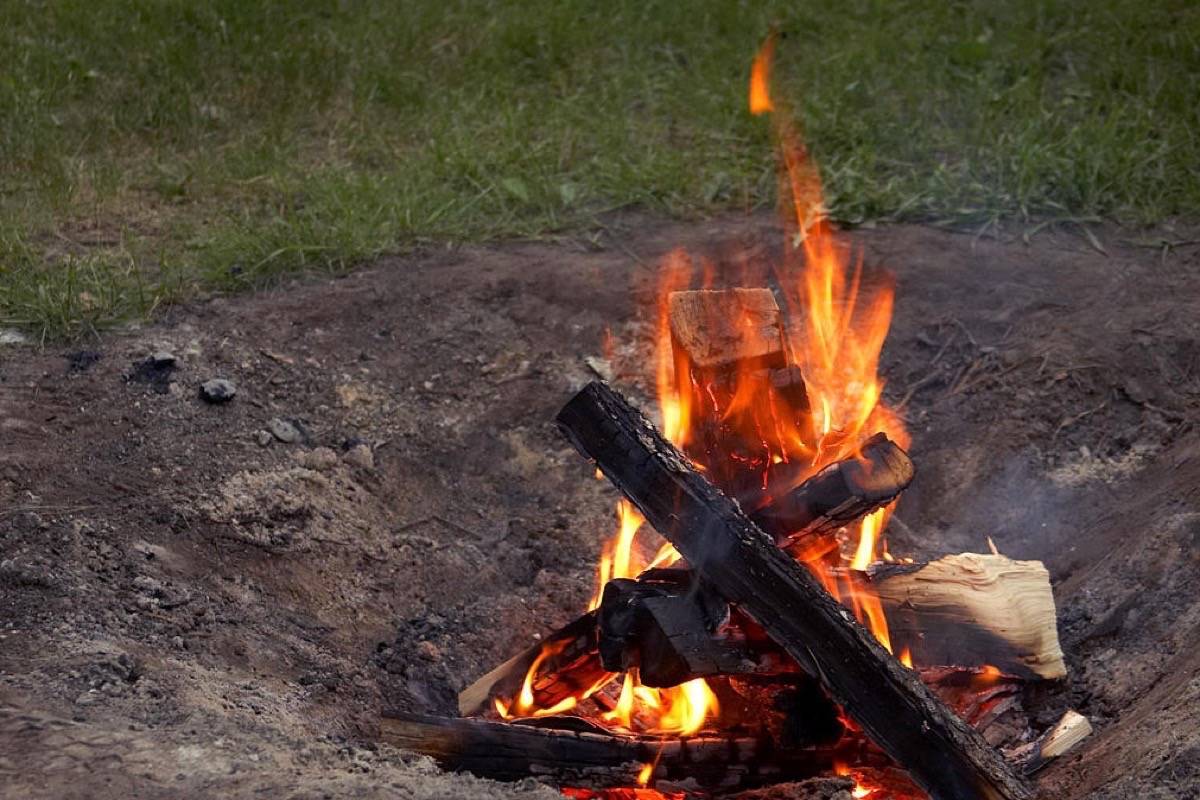Areas of King County served by Eastside Fire and Rescue are now under an annual burning moratorium that began June 15.
The moratorium prohibits certain burning activities and requires permits for others. Much of the fire agency’s region is in the wildland-urban interface, where towns and cities bump up against forests. For the past several summers, fire conditions peaked sooner than historical averages and “the county wants to get ahead of the situation to reduce the risk of wildfires and associated poor air quality,” according to a press release from Eastside Fire and Rescue.
The moratorium lasts until Sept. 30. Free permits are required for outdoor cooking or campfires. They can be obtained online from Eastside Fire and Rescue. Cooking and campfires are also subject to Puget Sound Clean Air Agency burn bans, but as of June 29, none had been issued for King County.
Cooking and campfires must use only dry seasoned wood. These fires must be no larger than 3 feet in diameter and 2 feet in height. Both kinds of fires need to be contained in a barbecue pit, fire ring or approved devices such as a manufactured portable fireplace.
Propane, natural gas and charcoal fires don’t require a permit. Land clear burning is permanently banned in King, Pierce and Snohomish counties.
Parts of the Pacific Northwest have an above average risk of large fires this year, according to the National Interagency Fire Center, which released its June through September outlook on June 1. This includes southwestern Oregon in June. But in July and August, significant portions of Washington will be at an elevated wildfire risk.
Wildfire activity in Oregon and Washington has been low since May because of cool and moist weather.
Across the West Coast, mountain snowpack melt rates accelerated during the first half of May. By mid-month, most basins had 40 percent or less than average snowpack.
As of June 29, there were no large, active wildfires in Washington state. Several were burning in California, Nevada and Arizona.
The Washington State Department of Natural Resources has been grappling with how to fight wildfires amid the coronavirus pandemic. In previous reporting, department leadership was planning on using aircraft more heavily, which are in high demand during fire season.
Tips for protecting homes during wildfire season include removing dead plants for 30 feet around homes, and cleaning gutters and roofs. Branches should be pruned if they overhang or touch houses. Fire resistant plants can also be placed in the garden.


